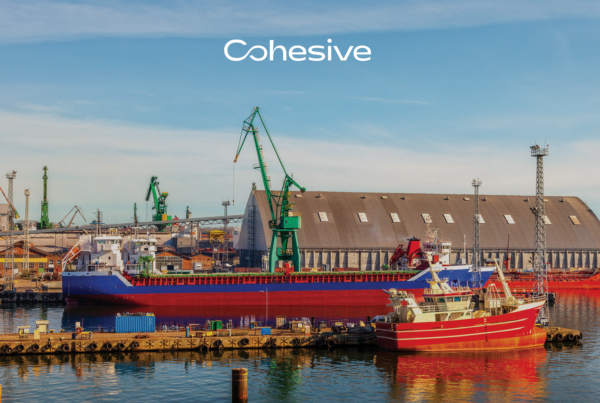Introduction
PKP Energetyka S.A. has been operating in the Polish market since 2001, and its main task is to sell and supply electricity to traction and business customers. It also specializes in electric power services. The company employs 4,500 people and manages a comprehensive energy infrastructure, including 600,000 facilities and installation elements on power lines with a length of over 21.5 thousand kilometres. The company is also a key supplier of traction energy that powers railways in Poland. Its failure-free operation is crucial for the safety and punctual operation of the entire railway in Poland.
Business Need
Stringent competition in the energy market requires PKP Energetyka to continuously improve the quality of its services and they have been investing in digitization for many years. As part of their ongoing improvement programme, PKP wanted to modernize the grid asset maintenance management process, focusing on organizing, centralizing and optimizing it. As a result, PKP Energetyka selected IBM Maximo as their Enterprise Asset Management (EAM) solution.
“The biggest challenge was the modernization of systems responsible for managing network assets. Previously, these resources were managed using the GIS system, dedicated standalone applications and office systems. The transition to the IBM Maximo solution is a significant change in the approach to network asset management at PKP Energetyka,” comments Ryszard Bryła, CIO, PKP ENERGETYKA S.A.
PKP Energetyka determined which resources and processes were the most important and required optimization, so the EAM system was then tailored to their needs and industry specifications. This facilitated the management of such a large enterprise.
Solution
The implementation focused on these key areas:
- automation of business processes in the field of improving records and management of network assets
- improving the management of maintenance works, investments and repairs
- standardization of activities supporting network development planning
- management of measurement systems
- network knowledge gathering in a central system
- organizing knowledge about the legal status of real estate and energy structures
- collecting and sharing technical information on network elements and critical operating parameters
- storing the history of works and the life cycle of individual aspects of network assets
- organization and detailing of data about the network and recipients
- technical and financial evaluation of planned works
- registration of costs of activities undertaken on the network
- availability of knowledge about the inventory and the effects of decisions made
- supporting the implementation of operational and modernization standards
- implementation of advanced reporting and analysis
The implementation of IBM Maximo has accelerated the company’s digital transformation and was a significant step in the drive towards Industry 4.0. Maintaining the assets of PKP Energetyka effectively and efficiently not only has a direct impact on the financial results of the company, but it is also essential for the safe and punctual operation of the entire railway in Poland by ensuring it is failure-free, which benefits all Polish citizens.
Thanks to the Network Asset Management system, faster access to information was facilitated, which allowed for the optimization of decision-making. Simultaneously, resource lifecycle management processes were implemented, reducing the costs of maintenance.
The implemented mobile application also significantly contributed to the improvement of the effectiveness of maintenance processes. Paper versions of work reports were eliminated, and the maintenance activities were performed and recorded in the mobile application, which became available in real-time to all users of the system; currently, 700 field employees are using the mobile application.
Client Benefits
The implementation of IBM Maximo made it possible to achieve PKP Energytka’s business objectives by supporting the transformation of the company in the following areas in particular:
- resource management focused on reliability, stability, and business continuity
- improving the asset decision-making process
- the ability to build a resource management strategy
- the ability to track, manage and maintain significant network assets
- central access to maintenance and repair reports
- real-time access to resource information
- increased efficiency of the property maintenance process
- improving the work safety of field workers








